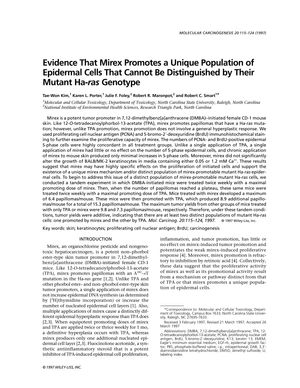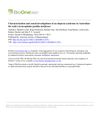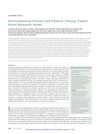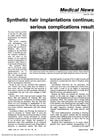Evidence That Mirex Promotes a Unique Population of Epidermal Cells That Cannot Be Distinguished by Their Mutant Ha-ras Genotype
September 1997
in “
Molecular carcinogenesis
”

TLDR Mirex seems to promote a unique group of skin cells different from those affected by another tumor promoter, TPA.
The 1997 study explored the effects of mirex, a chlorinated hydrocarbon insecticide, on the promotion of papillomas in the skin of female CD-1 mice and its interaction with cells containing a mutant Ha-ras genotype. The study compared mirex to TPA, a known tumor promoter, and found that mirex did not cause a general increase in epidermal cell proliferation or significantly alter the growth of BALB/MK-2 keratinocytes in culture. However, chronic application of mirex did lead to an increase in epidermal thickness and S-phase cells. Mice treated with mirex developed a maximum of 6.4 papillomas each, and when subsequently treated with TPA, developed an additional 8.9 papillomas per mouse. This additive effect suggests that mirex and TPA promote two distinct populations of mutant Ha-ras-containing epidermal cells. The study, which used 30 mice per group and conducted experiments in triplicate, concluded that mirex may have specific effects on the proliferation of initiated cells and that there are at least two distinct populations of mutant Ha-ras cells, one promoted by mirex and the other by TPA.


